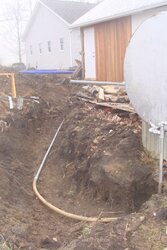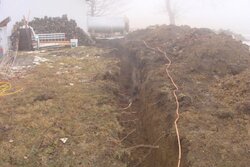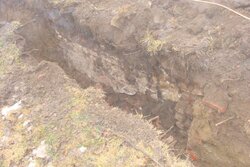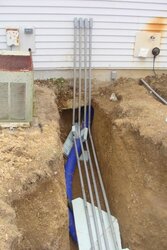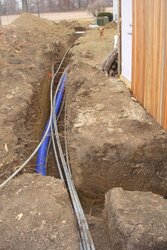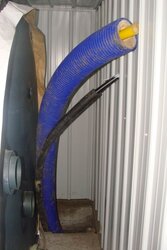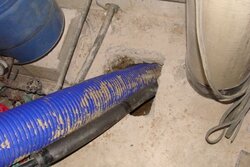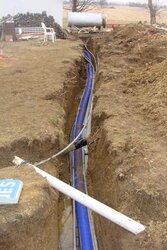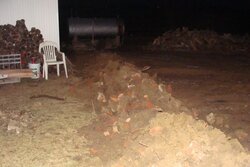RowCropRenegade said:How about going to lunch for 5 mins and the backhoe operator decides against my orders to continue digging. Guess what he hit. My fuel oil line. 3/8 copper line, totally stretched out and screwed. Never been so upset in my life. Fired him on the spot. I finished the digging, vicodin and all. Tomorrow I'll run my new fuel oil line and get the boiler back going. Thank god its not going to be cold out tonite. Pissed til tomorrow.
Man.... sorry to hear about the oil line break. That sucks! When I was trenching, ripping something up my biggest concern. I had water,electric main, cable tv, phone and gutter down spout drains to cross. I made it through almost clean. I caught the sch. 40 down spout drain, an ripped a nice hole in it. Not nearly as big a head-ache as what you encountered, but I still had to dig back and replace a 4' section.
Hope you didn't lose much of that precious oil. In the not to distant future, oil won't be much of a concern.



